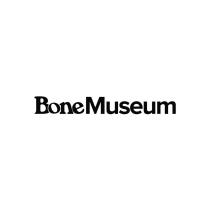
The Bone Museum
@bonemuseum
País / Región:America
Categoría:
Diario
Enseñanza de las ciencias
-
52859Clasificación global
-
12790Clasificación de país / región
-
1.63MSeguidores
-
3.18KVideos
-
31.44MGustos
-
Nuevos vídeos25
-
Nuevos seguidores2.2K
-
Nuevas vistas592.07K
-
Me gusta nuevos49.15K
-
Reseñas nuevas498
-
Compartir nuevo2.23K
The Bone Museum Tendencia de datos (30 dias)
The Bone Museum Análisis estadístico (30 dias)
-
Vistas promedio 592.07K Seguidores / Puntos de vista 0.37% -
Me gusta promedio 1.4K Gustos / Puntos de vista 13.25% -
Reseñas promedio 18 Reseñas / Puntos de vista 0.08% -
Participación promedio 68 Cuota / Puntos de vista 0.38%
The Bone Museum Videos calientes
Únase a nuestro grupo de Facebook TikTok Inspiration
¡Compartiremos los últimos videos creativos y podrá discutir cualquier pregunta que tenga con todos!
TiktokSpy from IXSPY
Herramientas digitales para influencers, agencias, anunciantes y marcas.
Compañía de terceros independiente, no el sitio web oficial de TikTok.
Copyright@2021 ixspy.com. All Rights Reserved

 Anti-detect Browser
Anti-detect Browser

